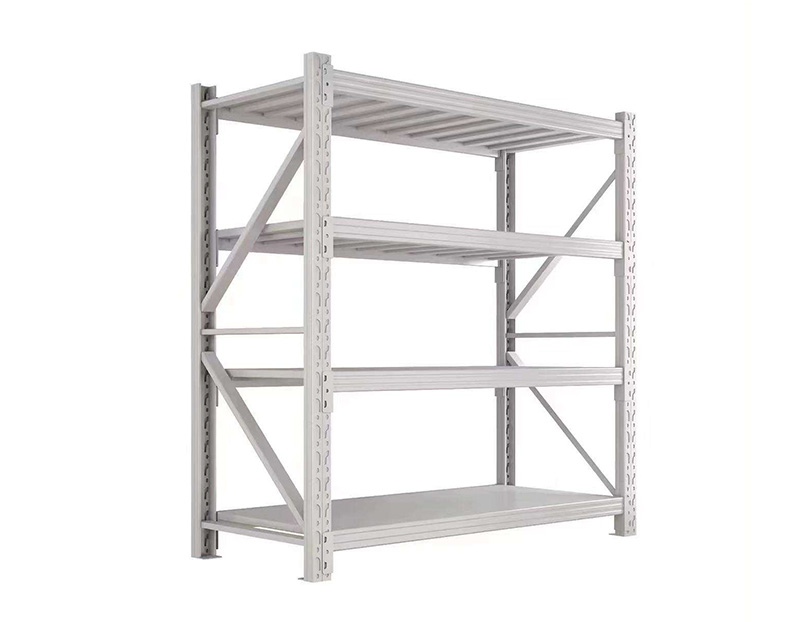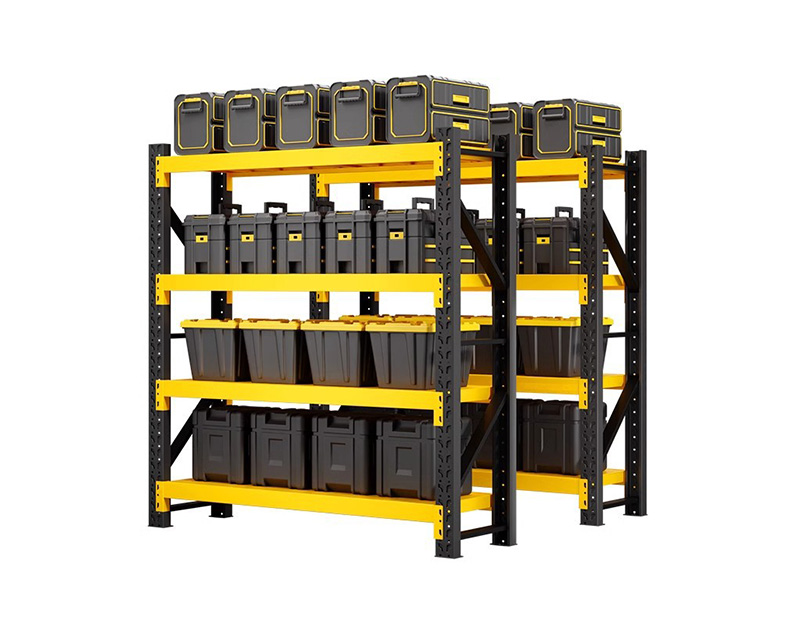Industrial Pallets: Tips for Reuse and Recycling
With sustainability becoming a key focus across industries, reusing and recycling industrial pallets is an effective way to reduce waste, lower costs, and improve environmental impact. Whether your pallets are made from wood, plastic, or metal, there are smart strategies to extend their life cycle and ensure responsible end-of-use management.

**1. Inspect and repair for reuse.**
Before disposing of used pallets, evaluate them for reuse. Wooden pallets are especially easy to repair—replace broken planks, remove protruding nails, and reinforce weak points. Establish a regular inspection schedule to catch minor damage early and extend the lifespan of your pallet pool.
**2. Implement a return-and-reuse system.**
Closed-loop logistics systems allow businesses to retrieve pallets from customers or distribution points for reuse. By marking pallets with company branding or tracking codes, you can manage inventory and minimize losses. This approach works especially well for plastic and metal pallets.
**3. Choose materials with longer life cycles.**
Plastic and steel pallets have significantly longer lifespans than wood, making them ideal for repeated use. While the upfront cost is higher, the long-term savings from reduced replacements can be substantial, particularly in controlled environments.
**4. Repurpose damaged pallets.**
When pallets can no longer be used for transport, they can often be repurposed. Wood pallets can be turned into furniture, fencing, shelving, or garden planters. Metal pallets may serve as base frames or platforms for equipment. Get creative and consider cross-departmental use.
**5. Partner with recycling services.**
Work with local pallet recycling companies or material recovery facilities to properly dispose of unusable pallets. Wood pallets are often chipped into mulch or fuel, while plastic pallets can be ground and reprocessed into new pallets or industrial products.
**6. Track pallet life cycles.**
Using barcodes or RFID tags, you can monitor pallet usage, locations, and condition over time. This data helps you plan for replacement, reduce losses, and identify which types of pallets offer the best return on investment.
**7. Educate employees.**
Make sure warehouse and logistics staff understand the value of reuse and the proper handling methods that prevent damage. Simple habits—like lifting instead of dragging—can extend pallet life significantly.
In conclusion, responsible pallet reuse and recycling not only reduce environmental impact but also improve operational efficiency. With the right strategies, your pallets can serve longer, cost less, and contribute to a more sustainable supply chain.
 Smart Storage Equipment: Top B
Smart Storage Equipment: Top B
 Storage Systems: Design Ideas
Storage Systems: Design Ideas
 Storage Systems: Best Software
Storage Systems: Best Software
 Storage Systems: Maximizing Sp
Storage Systems: Maximizing Sp
